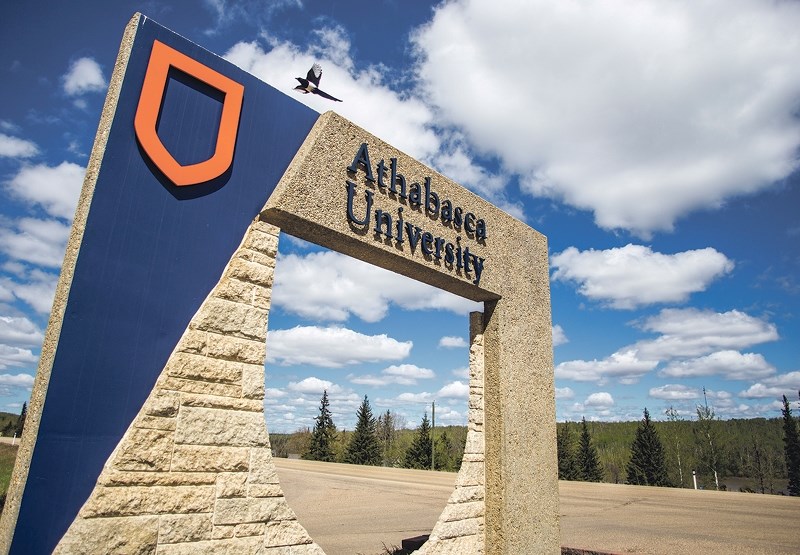ATHABASCA – For millennia, no creature defined North America better than the bison. Vast herds roamed the prairies and plains, with more than 30 million creatures forming the backbone of Indigenous communities who relied on the animals for sustenance, shelter, and clothing.
Then, in the span of 30 years, the species was nearly wiped out. Overhunting by Europeans keen to claim the hides and looking to control Indigenous populations saw the bison population plummet to a mere 23 animals.
Conservationist Wes Olson and photographer Johane Janelle will be exploring the impacts the near-genocidal hunting had on the prairie ecosystems in Science Outreach – Athabasca’s next talk, held April 16 at Athabasca University’s governing chambers.
The duo, authors of The Ecological Buffalo: Life on the trail of a keystone species, have spent decades with the bison — Olson’s 30-plus year career as a park warden gave him a first-hand, intricate knowledge of Canada’s most charismatic megafauna, and Janelle’s photos bring the topic to life.
“People will be amazed at how interconnected species are when there’s bison on the landscape; some of the hidden, subtle things they never would have suspected before they hear the presentation,” said Olson.
In ecology, a keystone species has a disproportionately large impact on the ecosystem around it; sometimes, that species is a predator that keeps prey species in check. In this case, the bison is relied upon by insects, birds, and a plethora of other species as part of a complex system.
“We’ve spent 14 years travelling all over North America, visiting lots of different herds that’re managed by governments,” said Olson.
Since his retirement from the warden service in 2012, he’s been able to take his working knowledge of the animal and turn it into something he can share with a wider audience.
“People see these big brown furry animals on the landscape, but they don’t really know anything about them. The goal of the presentation, and the book, is to highlight how much bison effect the ecosystems they live,” he said.
Avid newsreaders may have noticed an uptick in bison related coverage in the last couple of years; a herds introduction to Banff National Park was successful, and limited traditional hunting for Indigenous groups has restarted.
Despite the increase in coverage, Olson said the resurgence has been happening for his entire career. Starting in parks like Elk Island as early as the 1940s, bison have been sent to national and provincial parks to start new herds, a practice that has been the population grow from a handful to more than a thousand.
“It’s really the last five to ten years that the media has begun to take an interest and start following what’s happening. There’s been a lot more research by university masters grad students, so there’s been an upsell of interest.”
The talk starts at 7 p.m., and is free for anyone to attend. The presentation will also be shared online through Teams, and many of Science Outreach’s presentations are posted to its YouTube channel.



